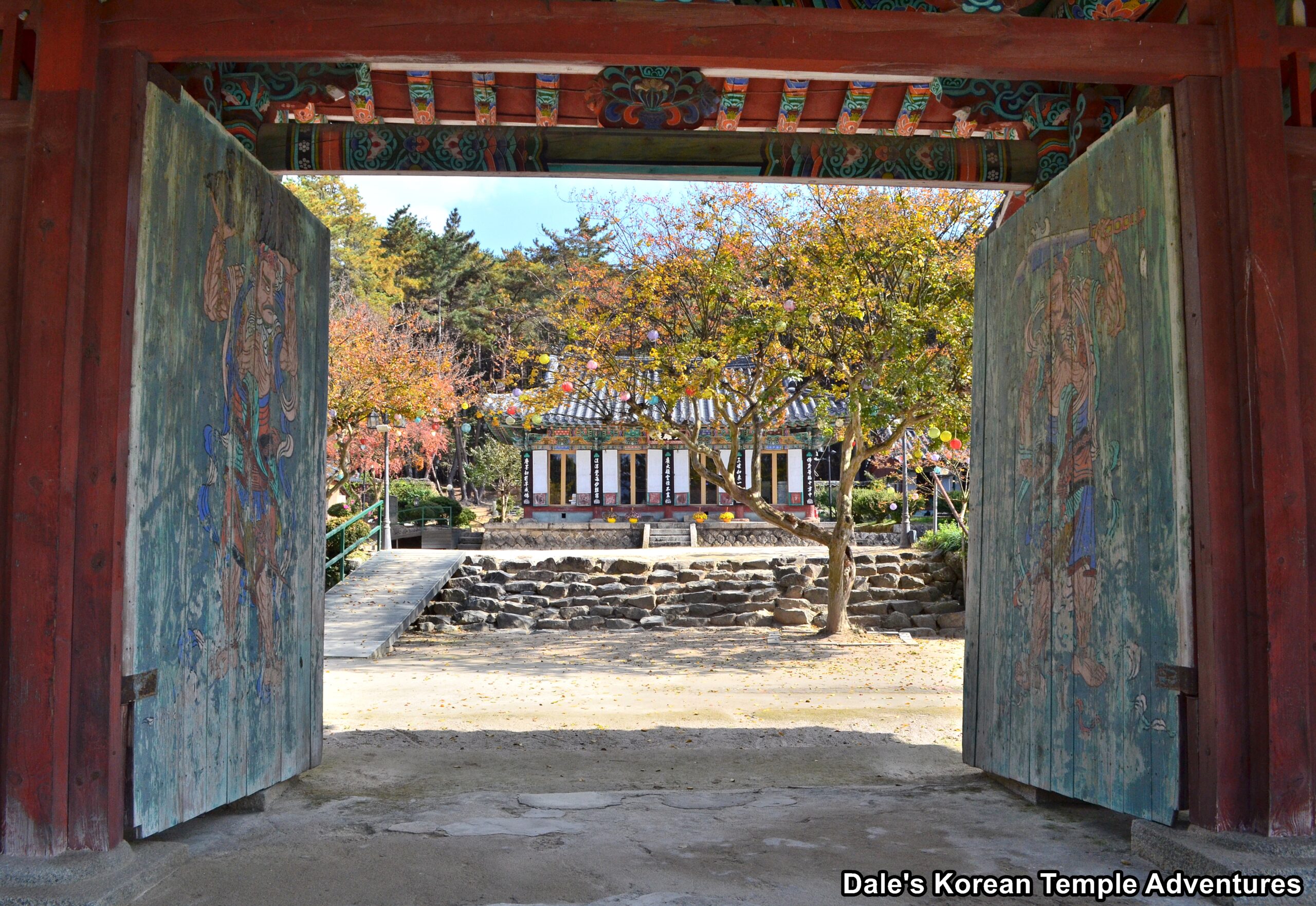
Temple History
Mangwolsa Temple is located on the northwestern side of Mt. Namsan (494 m) in Gyeongju. And just under a hundred metres to the north is Sambulsa Temple. Mangwolsa Temple is a modern temple of the Wonhyo-jong Sect of Korean Buddhism. The Wonhyo-jong Sect is one of twenty-seven Buddhist sects recognized by the Korean government. It was founded in July, 1963 by the monk Haein. Then in August, 1967, Mangwolsa Temple became the headquarters of the sect. Currently, the headquarters of the sect is located out of Seoul.
The sect, rather obviously, reveres the teachings of Wonhyo-daesa (617-686 A.D.). The Wonhyo-jong Sect is organized around the exclusion of superstitious and secular elements that have become mixed in with Korean Buddhism. For this, they focus on learning the fundamental doctrines of the Buddha and the ideas of Wonhyo-daesa.
Temple Layout
Just to the right (south) of Sambulsa Temple, and standing in the Mt. Namsan parking lot that the two temples share, you’ll notice Mangwolsa Temple to your right through the trees. Past a four foot high wall that separates the temple from the world is the former headquarters for the Wonhyo-jong Sect.
As you approach the temple, you’ll pass through a beautiful entry gate with fierce-looking guardians painted on the doors that protect the temple from evil spirits. They are Heng and Ha. Having passed through the temple entry gate, you’ll notice the monks’ dorms and administrative offices to your left and right. These long temple structures frame the main hall that lies in the middle and back.
The exterior walls to the Daeung-jeon Hall are adorned with Shimu-do (Ox-Herding Murals). As for the interior, and stepping inside the main hall, you’ll find a triad of statues on the main altar. This triad is centred by Seokgamoni-bul (The Historical Buddha) and joined by Munsu-bosal (The Bodhisattva of Wisdom) and Bohyeon-bosal (The Bodhisattva of Power). To the left, and still on the main altar, is a mural dedicated to Wonhyo-daesa. And a bit further to the left is a shrine for the dead. To the right of the main altar, on the other hand, is an older looking Shinjung Taenghwa (Guardian Mural).
Adjacent, and to the right of the Daeung-jeon Hall, is a beautiful pagoda that sits elevated in the centre of a lotus pond. The pagoda is simple in design, but it accents the overall aesthetic of the pink lotus flowers that bloom in the pond.
Behind this pagoda pond, and situated on an upper courtyard, are two additional temple shrine halls. The larger one to the left is the Samseong-gak Hall. The exterior walls are adorned with paintings dedicated to the Sinseon (Taoist Immortals). As for the interior of the shaman shrine hall, and resting in the centre of the three murals, is a painting dedicated to Chilseong (The Seven Stars). To the right of this central image is an amazingly descriptive mural dedicated to Sanshin (The Mountain Spirit). And to the left of the central image of Chilseong, and rather uniquely, is an image dedicated to what looks to be Jeseok-cheon (Indra). This is a triad I have yet to encounter anywhere else in Korea.
And to the right of the Samseong-gak Hall is the other temple shrine hall in the upper courtyard. This is a memorial hall. Inside this small octagonal hall is a black wooden memorial tablet for the dead. Perhaps it’s dedicated to either Wonhyo-daesa or Haein (the founding monk to the Wonhyo-jong Sect), but this is just an educated guess.
How To Get There
To get to Mangwolsa Temple from the Gyeongju Intercity Bus Terminal, you’ll need to take either Bus #502 or #504 located across from the bus terminal. To make sure you’re headed to Mangwolsa Temple, you should ask the bus driver “Namsan Mangwolsa”?
You can take a bus or you can simply take a taxi from the Gyeongju Intercity Bus Terminal. Again, you’ll need to say “Namsan Mangwolsa.” In total, the ride should cost about 10,000 won (one way), and it should drop you off in the Mt. Namsan parking lot. Veering to your right and away from the bathroom complex, you’ll see a small trail. Take this trail for about 50 metres.
Overall Rating: 6/10
Mangwolsa Temple has one of the prettier locations for a pagoda. The pagoda rests atop a small, circular lotus pond. Adding to this originality is the mural dedicated to what looks to be Jeseok-cheon (Indra) inside the Samseong-gak Hall. The temple is also beautifully located on the northern slopes of Mt. Namsan near Sambulsa Temple and the Samneung-gol Valley. The area can make for quite a beautiful day of exploring.
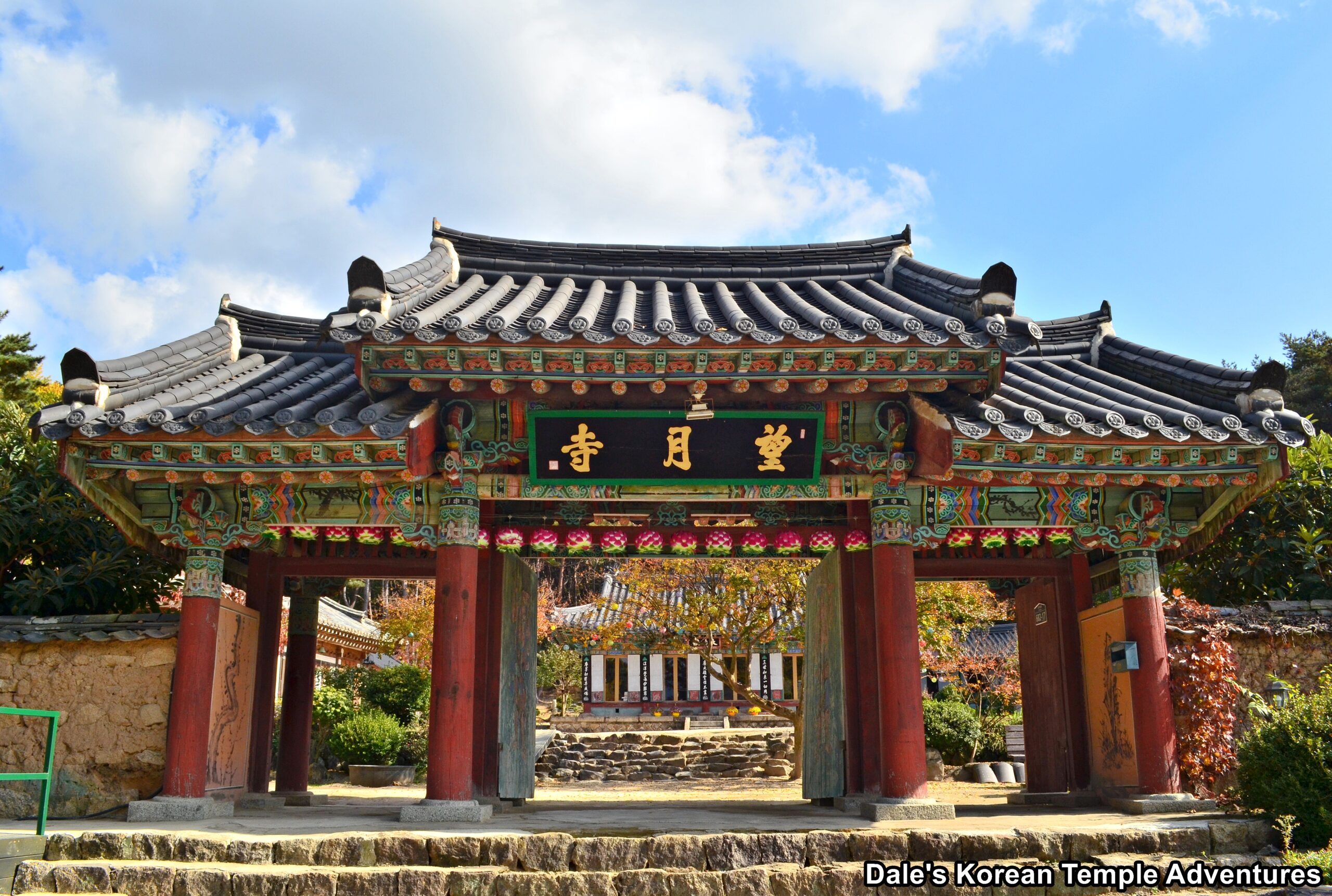


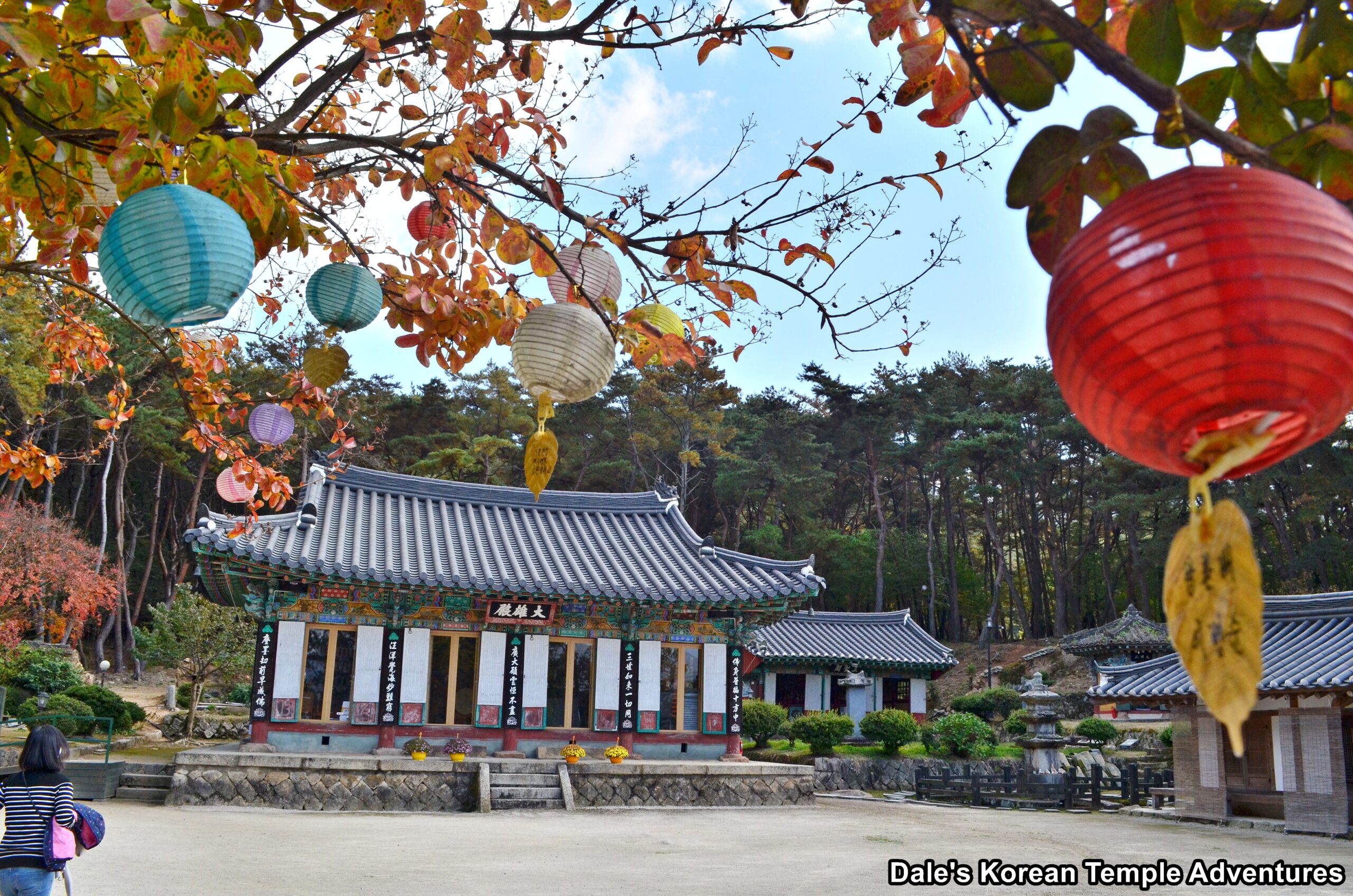
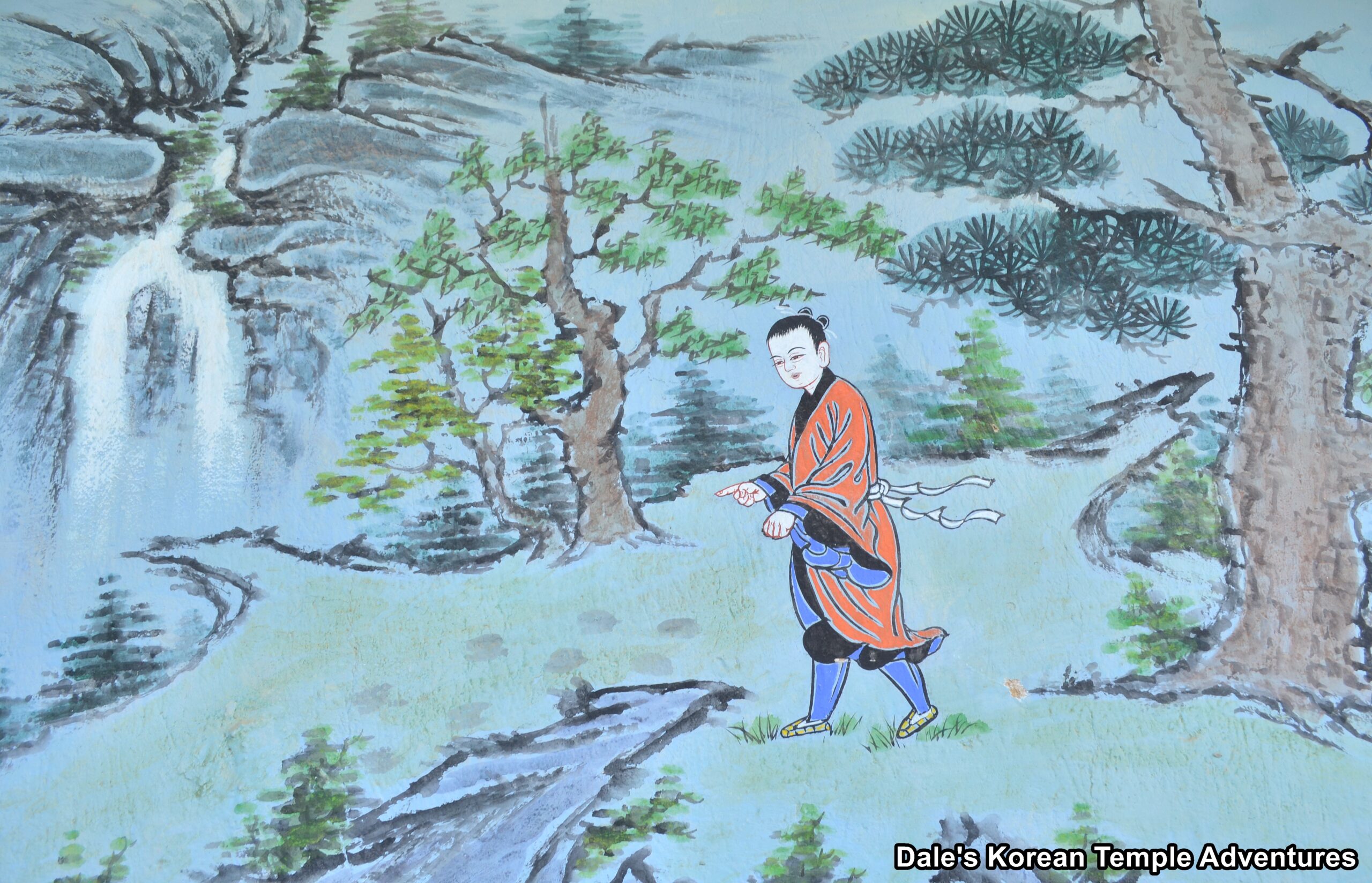
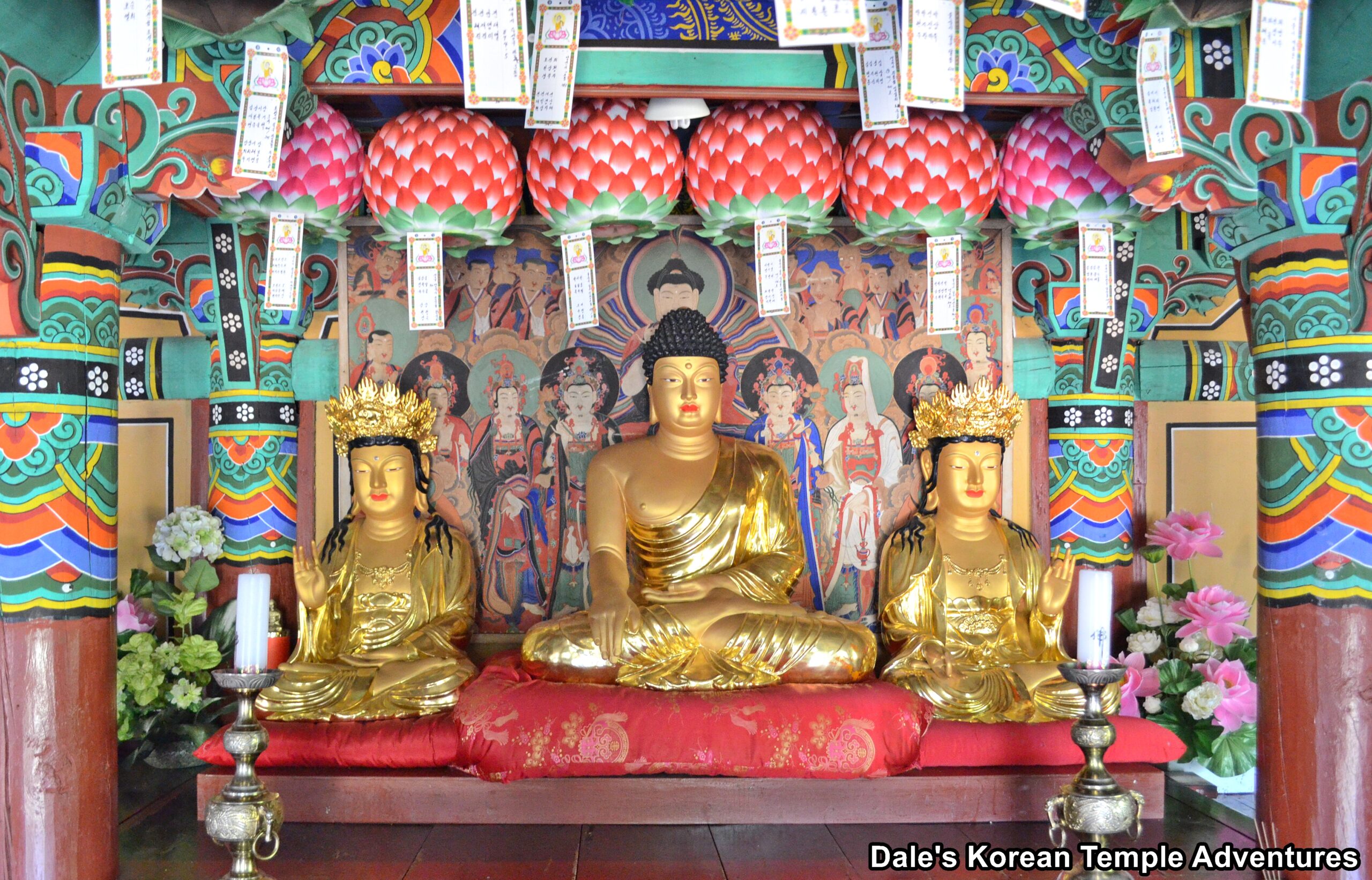
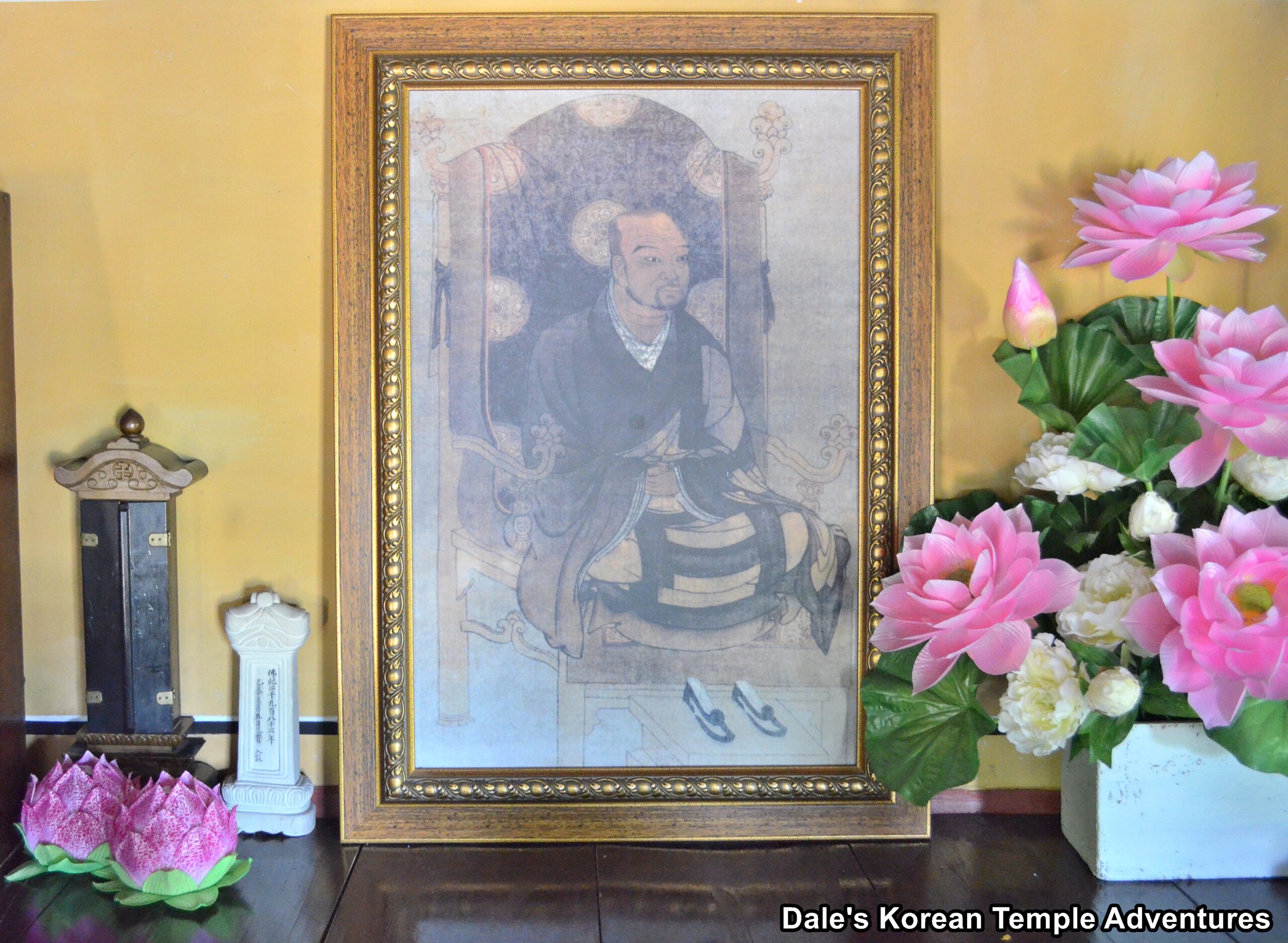
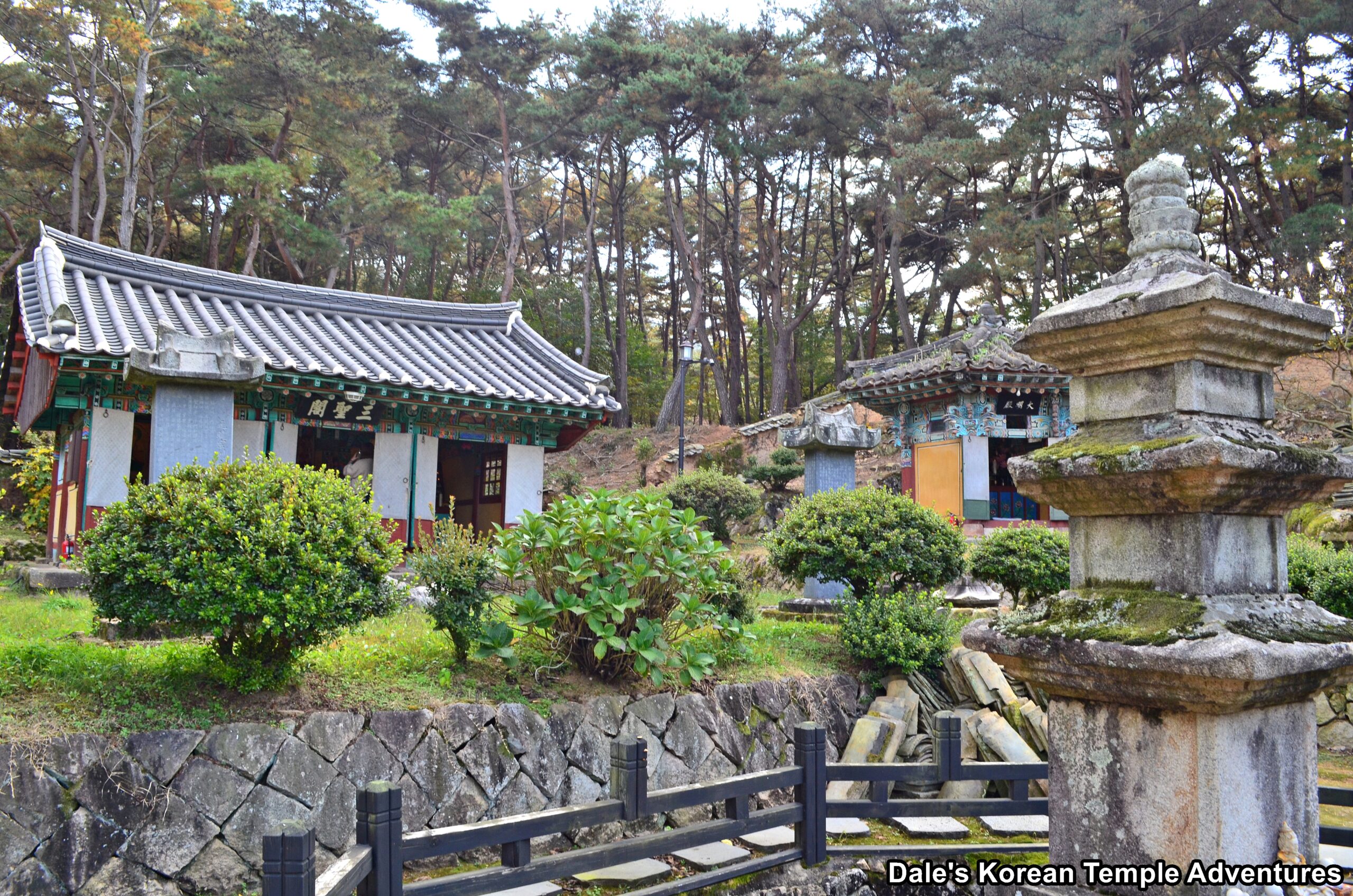
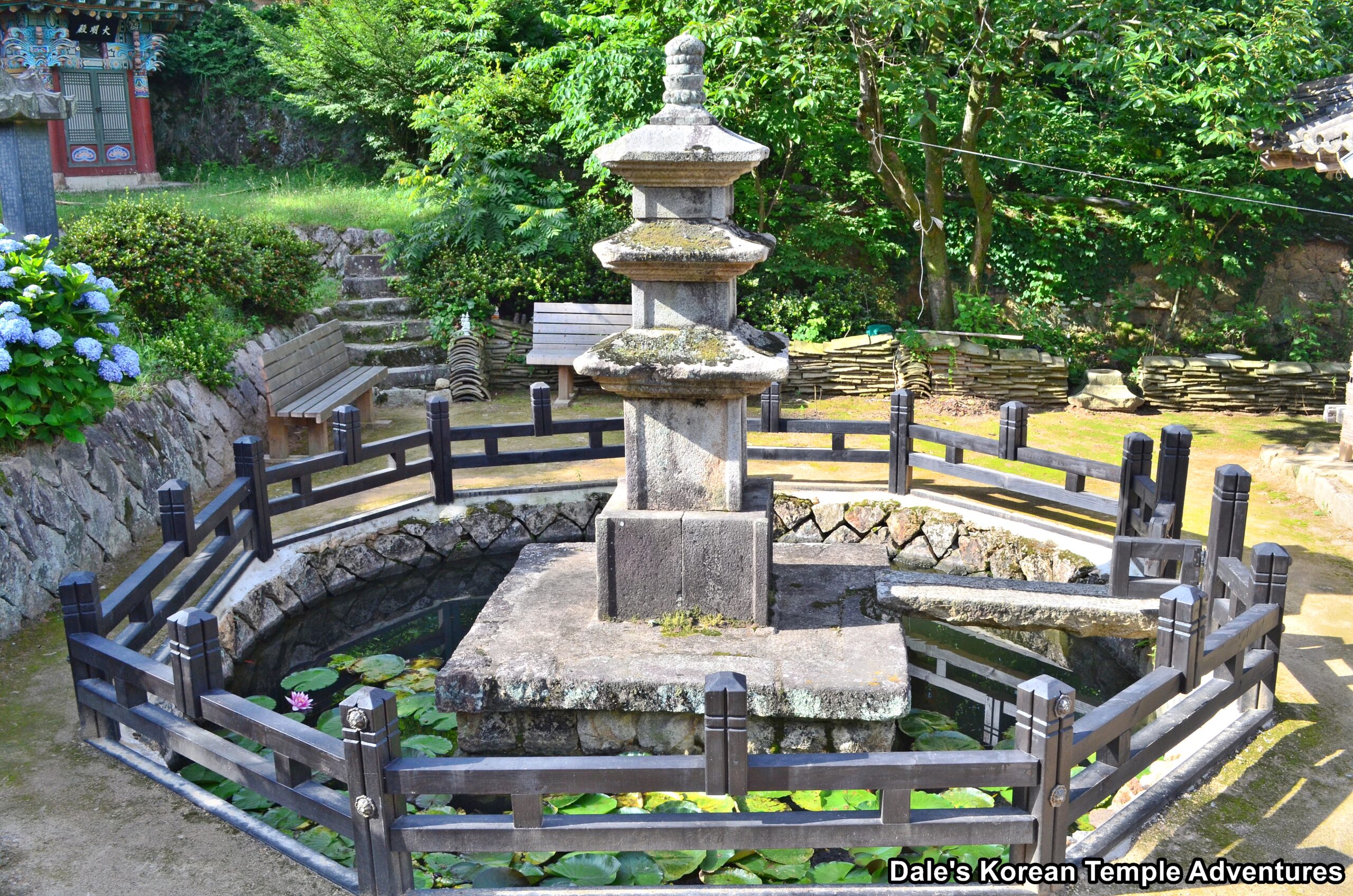
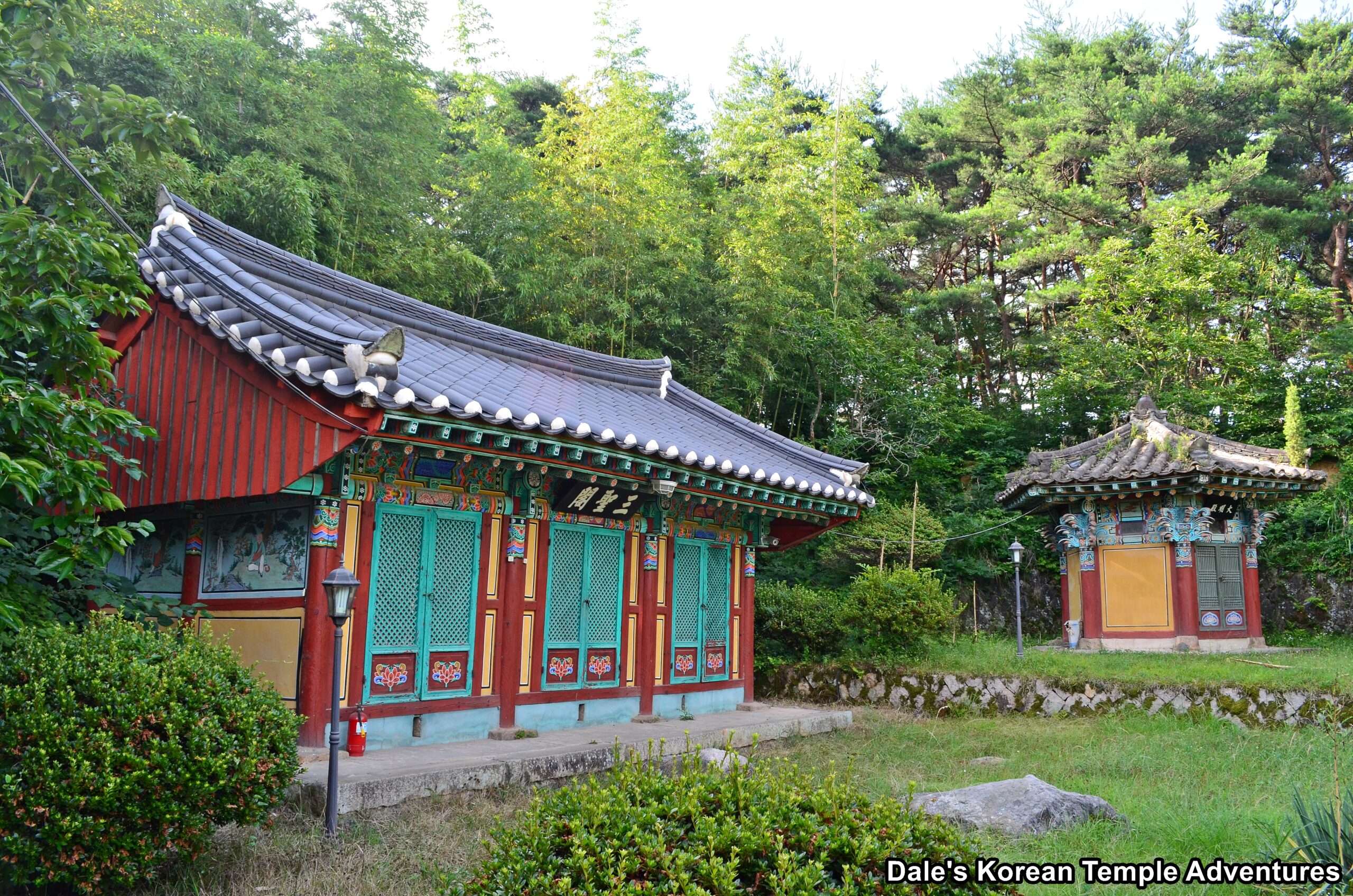
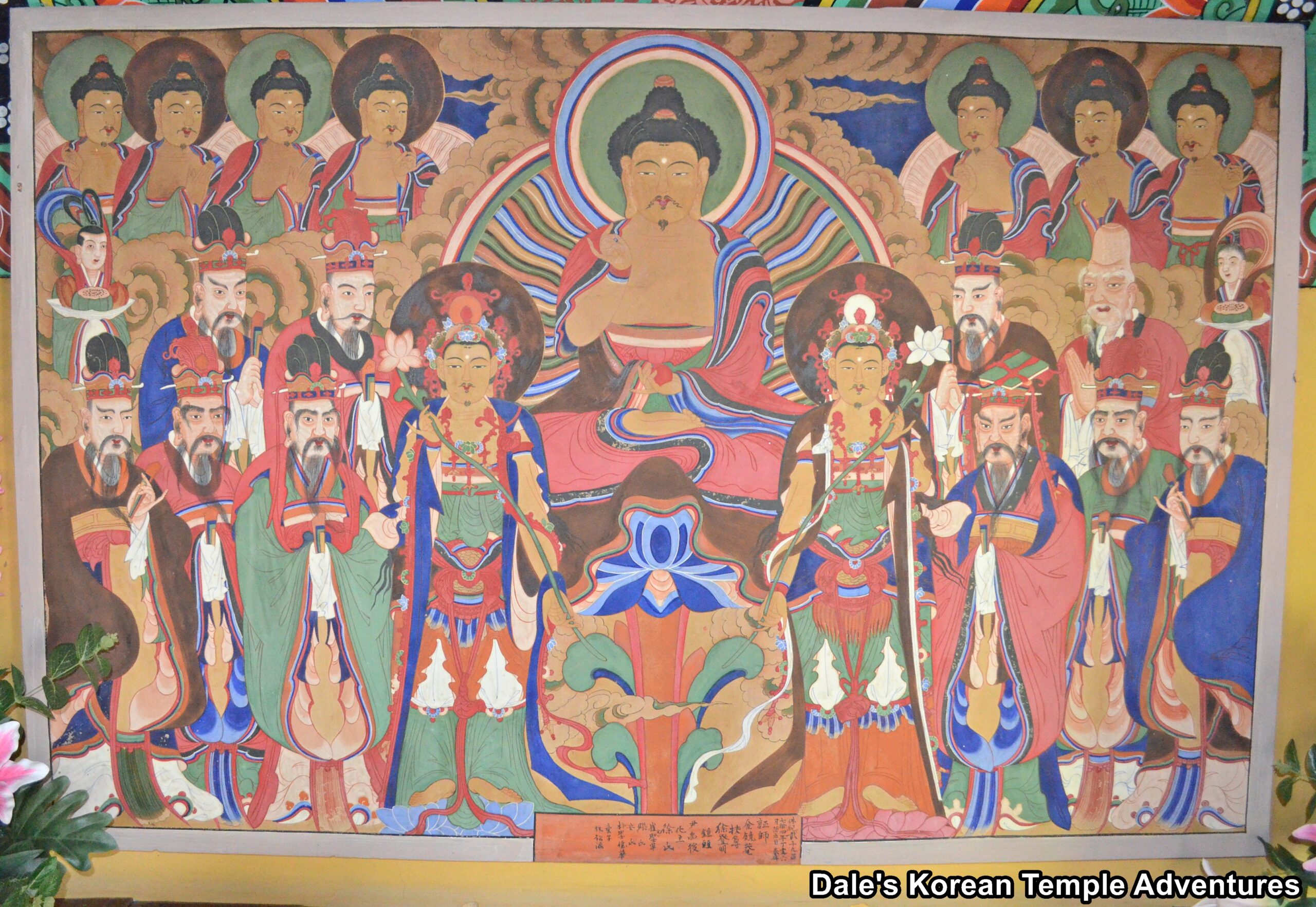

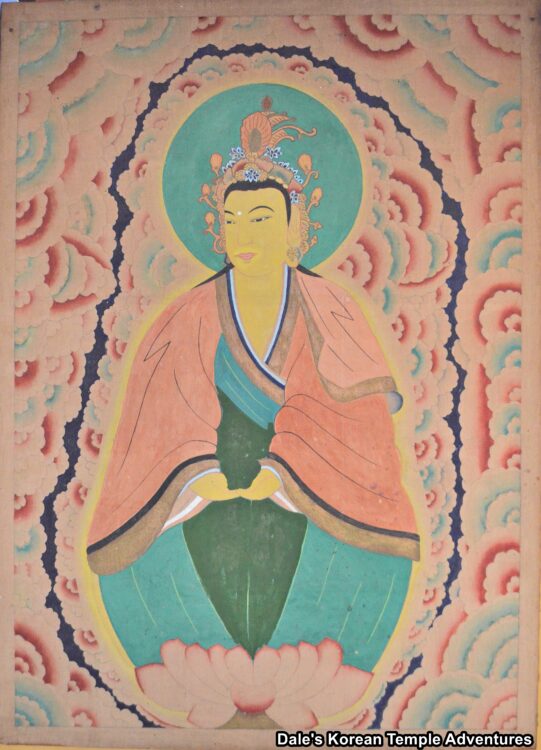



Recent comments